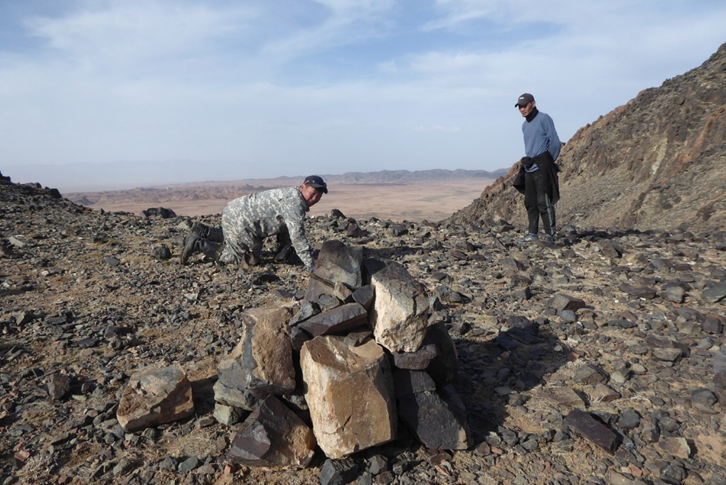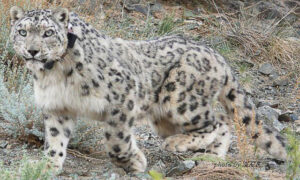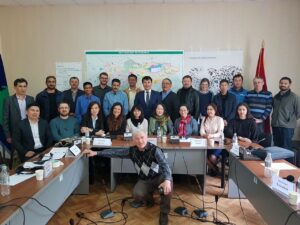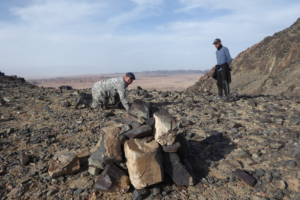
Long Term Ecological Study of Snow Leopards
2023-12-22• Tost Tosonbumba Landscape approach• admin
In order to gain a better understanding of the cats, SLCF has been partnering on the first ever long term ecological study (LTES) of snow leopards in the Tost Tosonbumba Mountain, Gurvantes, Umnugovi Province since 2008 with collaboration of MNET, SLT (USA) and other international and national organizations. The study employs state of art technologies to gather information about the elusive cats. Not only looks at the snow leopards, it also studies different aspects of the ecosystem including prey species, pasture, climate change impact and human and wildlife dimensions.
One of the technologies is GPS tracking collars to follow snow leopards as they move around the landscape. GPS is a technology that allows a device on the ground to upload a location to a database via satellite. We implant this device in a collar, along with a battery that will last an entire year, and fit it on a wild snow leopard. But finding the snow leopard can be quite tricky.
Our snow leopard collaring expert Örjan Johansson spends an entire season at our base camp setting snares in areas he knows snow leopards to be. These snares do not hurt the cats, and once a snare is tripped, an alarm sounds that instantly alerts our researchers to investigate the site.
This groundbreaking study has offered us a rare look into the lives of 20 wild snow leopards since the study first began. We use the data from these collars to better understand snow leopard behavior and habitat needs. For instance, it has allowed us to determine the size of average snow leopard home ranges, gain insights into their interactions and migrations, and even led to the first-ever discovery of wild cubs in their dens.
The study involved at least 42 students from different countries under their PhD and Master programs as well as Protected Area specialists and rangers.
Snow Leopard Conservation Foundation
Address: # 602, Khan-Uul Tower, Sharav Street 5, Chingis Avenue, 3rd horoo Khan-Uul district, Ulaanbaatar 17042
Phone: 93329632
Email: info@snowleopard.mn



